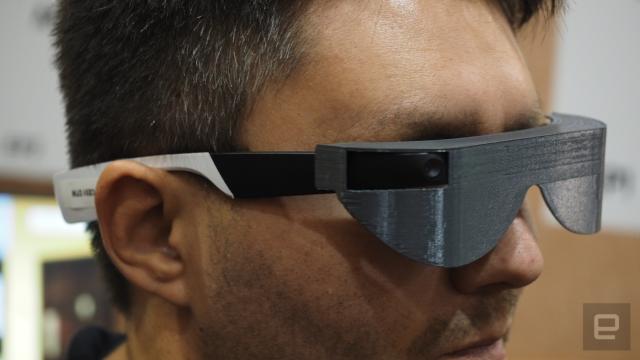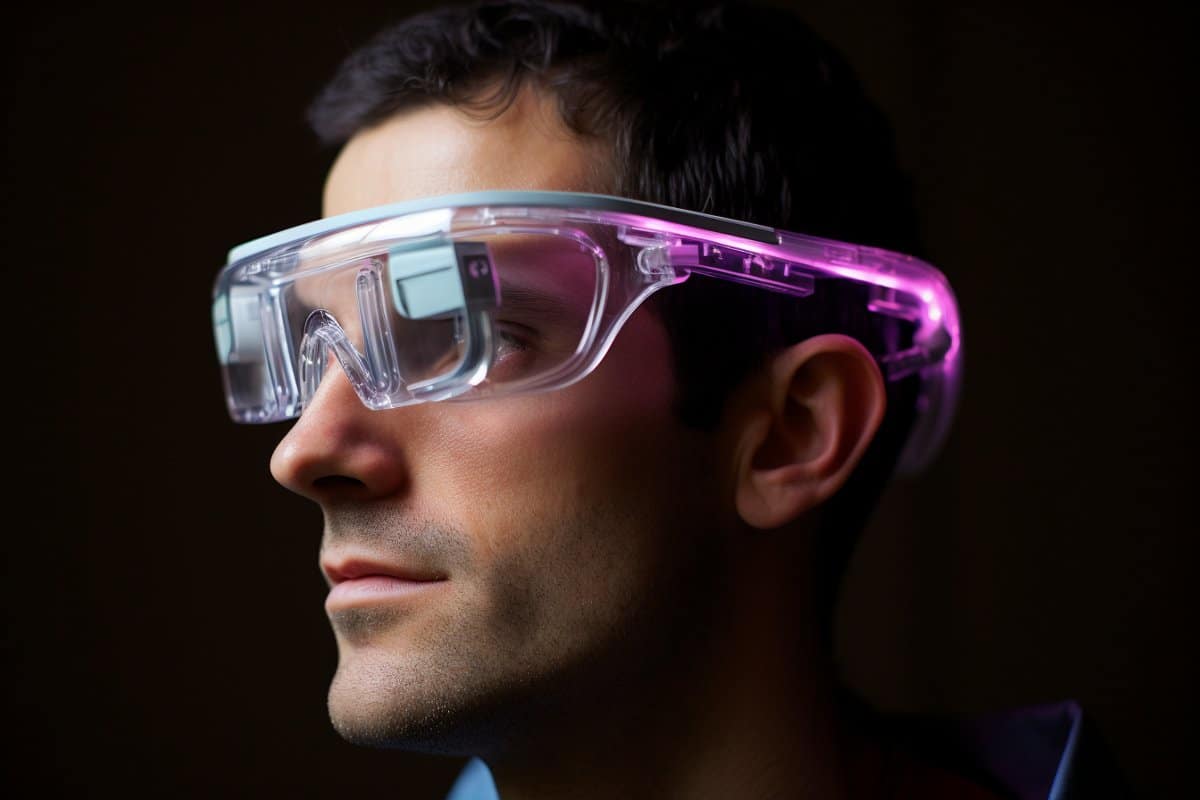AI-Powered Visual Aids: The Next Step in Assistive Technology for the Blind
Innovative Solutions in Assistive Technology for Visual Problems
The landscape of assistive innovation for aesthetic impairment is developing swiftly, offering an array of innovative services that boost availability and independence. From advanced smart device applications that promote navigation to wearable devices made for real-time support, these devices are improving the experiences of those with visual impairments.
Improvements in Mobile Phone Applications
Over the last few years, improvements in smartphone applications have actually substantially changed the landscape of assistive technology for people with visual problems. These applications leverage the effective sensing units and capabilities of modern mobile phones to give users with tools that enhance self-reliance and availability in their lives.
Remarkable among these advancements are applications created for item recognition, which use the smart device's electronic camera to identify products and offer verbal summaries. Such features equip users to navigate their settings extra efficiently, whether identifying items in stores or situating personal possessions at home. In addition, text-to-speech applications have enhanced drastically, making it possible for users to capture published message via their tool's video camera and receive split second audio feedback, thereby assisting in reading and comprehension.
Navigation applications tailored for visually damaged customers have additionally arised, using auditory assistance and comprehensive place information. These devices offer crucial assistance for wheelchair, permitting individuals to pass through strange spaces with confidence. Furthermore, community-driven applications have cultivated social interaction and resource sharing amongst individuals with visual impairments, producing a helpful network that improves their lifestyle. Overall, smart device applications have actually ended up being important allies in promoting autonomy and accessibility for people with visual problems.
Wearable Tools for Navigation
Wearable devices for navigating have actually become a groundbreaking solution for individuals with aesthetic disabilities, offering hands-free support that enhances mobility and alignment. These tools usually use sophisticated technologies, including GPS, ultrasonic sensors, and synthetic intelligence, to give real-time feedback and direction to individuals as they navigate their setting.
One remarkable example of wearable navigation modern technology is smart glasses, which can find obstacles and relay auditory or haptic responses to the wearer, enabling secure and effective activity in different setups. Other gadgets, such as vests and belts geared up with sensing units, can in a similar way notify individuals of their surroundings by providing alerts about close-by things or changes in terrain.
Furthermore, numerous wearable devices integrate with smart device applications, allowing users to customize their navigating choices and obtain customized course ideas. This personalization can considerably improve the user experience, equipping people to travel with greater confidence and self-reliance.
As innovation remains to develop, the capacity for wearable navigation tools to improve the high quality of life for individuals with aesthetic disabilities remains substantial, leading the way for more comprehensive and easily accessible atmospheres.
Smart Home Technology Integration

Moreover, smart appliances equipped with responsive interfaces or auditory comments supply instinctive communications that cater especially to the requirements of those with aesthetic problems. For instance, clever fridges can announce their materials and expiration dates, while smart stoves can direct customers via the cooking process with audio directions.
Home automation systems, such as wise doorbells and security video cameras, offer assurance by enabling customers to obtain informs and accessibility live feeds using their mobile phones, enhancing personal safety (AI-powered visual aids). Additionally, integration with smart devices and tablets makes sure that customers can manage their home setting from anywhere within their facilities
As clever home modern technology remains to redirected here advance, it holds the prospective to transform the living experiences of people with visual problems, cultivating independence and boosting quality of life in a progressively connected world.

Educational Equipment and Resources
Accessibility to effective instructional devices and sources is essential for people with aesthetic impairments, as it equips them to engage totally in their learning experiences. Different assistive innovations have actually been created to boost ease of access and foster independent discovering.
Furthermore, educational software application particularly designed for aesthetically damaged users offers features such as high-contrast modes and adjustable message sizes. These tools suit varied understanding designs and make sure that students can customize their instructional experience to their needs.
Furthermore, access to electronic collections and audio publications expands the variety of readily available knowing materials, making it possible for trainees to explore topics detailed without the constraints enforced by standard print sources. Collaborative systems that incorporate accessibility features also facilitate group tasks, making certain that aesthetically damaged pupils can add meaningfully together with their peers.
Neighborhood Support and Interaction
A robust network of neighborhood assistance and involvement is crucial for people with aesthetic disabilities, promoting an inclusive setting where they can grow. Community companies, neighborhood campaigning for teams, and volunteers play an essential function in offering resources, details, and companionship, which are vital for enhancing the lifestyle for those influenced by aesthetic problems.
Involvement activities such as workshops, gatherings, like it and support system not just help with skill development yet also advertise social communication, minimizing sensations of isolation. These initiatives motivate people to share successes, obstacles, and experiences, thereby strengthening neighborhood bonds. In addition, collaborations with local organizations can bring about greater ease of access in public spaces, additionally incorporating people with visual problems right into the community.
Innovation also improves community engagement with on the internet systems that use digital support system and resources, allowing people to attach no matter geographical barriers. By harnessing optometrist uk both in-person and electronic solutions, areas can produce a thorough assistance network. Eventually, promoting partnership amongst numerous stakeholders-- including families, instructors, and healthcare specialists-- guarantees that individuals with aesthetic disabilities get the alternative assistance necessary to browse day-to-day life properly and with dignity.
Conclusion
Cutting-edge solutions in assistive technology for aesthetic disability substantially enhance the top quality of life for individuals encountering these difficulties. The assimilation of mobile phone applications, wearable tools, smart home modern technology, and educational tools fosters higher freedom and accessibility.
The landscape of assistive innovation for visual impairment is developing rapidly, presenting a variety of innovative options that enhance accessibility and independence. Community-driven applications have cultivated social communication and source sharing among individuals with aesthetic disabilities, creating a supportive network that enhances their high quality of life. Generally, smart device applications have actually ended up being vital allies in promoting freedom and ease of access for people with visual impairments.
Many people with visual disabilities are discovering greater freedom via the integration of smart home modern technology.Cutting-edge solutions in assistive modern technology for aesthetic disability significantly improve the quality of life for people dealing with these obstacles.